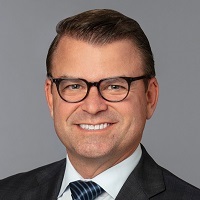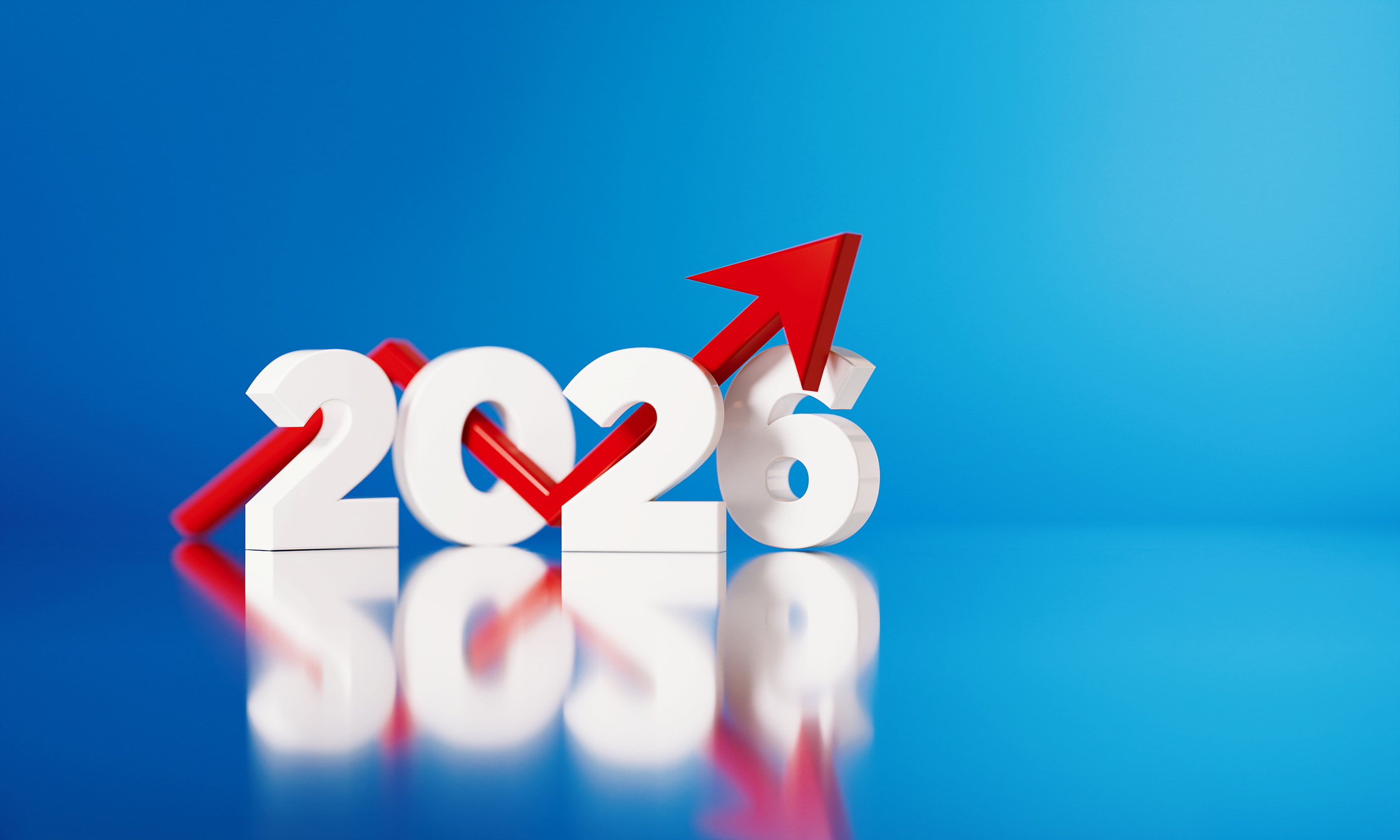Stressing About RMDs? Two Ways to Reduce or Even Eliminate Them
If looming taxes on required minimum distributions (RMDs) are keeping you awake at night, consider transferring money to a QLAC or converting to a Roth IRA.


Now might be a good time to start thinking about how RMDs, or required minimum distributions, might affect your retirement, tax situation and perhaps the legacy you hope to leave your loved ones someday.
Recent legislation with new RMD rules has increased the age at which you must begin taking annual RMDs from your 401(k), IRA or other qualified retirement plan to age 73. By 2033, that age will increase to 75.
Imagine you are age 73 and have accumulated $2 million in your 401(k) or another qualified plan. The amount of your annual RMD is based on life expectancy tables calculated by the IRS. At age 73, the table indicates a factor of 26.5 for 2023. Divide $2 million by that number, and you’ll find that your RMD for the year will amount to more than $75,400. Now imagine you’re in the 35% tax bracket and do the math again. That’s a tax liability of $26,390.
From just $107.88 $24.99 for Kiplinger Personal Finance
Become a smarter, better informed investor. Subscribe from just $107.88 $24.99, plus get up to 4 Special Issues

Sign up for Kiplinger’s Free Newsletters
Profit and prosper with the best of expert advice on investing, taxes, retirement, personal finance and more - straight to your e-mail.
Profit and prosper with the best of expert advice - straight to your e-mail.
Of course, your tax liability will change from year to year, depending on your age and how much remains in your retirement account, but you get the idea. If you truly need the assets in your plan to meet retirement expenses, you’ll have to bite the bullet. If you don’t need these assets and wish to let them grow unimpeded by taxes and serve as an inheritance for your loved ones, here are two ideas to consider:
1. Qualified longevity annuity contracts (QLACs)
Issued by insurance companies, this specialized type of annuity is available only to qualified retirement plan participants. You may transfer up to $200,000 of your plan assets to a QLAC with no tax consequences, provided you are between the ages of 73 and 85. By doing so, you achieve the following:
- You reduce the amount of your plan assets that are subject to RMDs. As a result, your RMDs will be smaller and subject to less tax liability.
- Your QLAC will generate a stream of guaranteed income for the rest of your life. You may begin receiving this income before you reach age 85. Income is fully taxable, but if you wait until age 85 before receiving it, you may find yourself in a considerably lower tax bracket.
- You may provide your heirs with a death benefit in exchange for lower guaranteed income payments. Your heirs have the choice of receiving their inheritance in guaranteed payments or a lump sum. Either way, they must liquidate their holdings within 10 years after receiving them.
- One caveat — once you transfer assets to a QLAC, you will not be able to access your money until your income payments begin.
2. Roth IRAs
Here’s an idea that may trigger higher taxes immediately but no tax in the future. By converting your traditional IRA to a Roth IRA or rolling over your 401(k) to a Roth IRA, you pay taxes on all the assets in question. However, you pay no tax on future growth and withdrawals. In addition, assets in a Roth IRA are not subject to annual RMDs, so your assets can continue to grow tax-free and provide you with the ability to:
- Withdraw assets tax-free should you need them to meet emergency expenses
- Provide your heirs with a substantial tax-free inheritance and the ability to make withdrawals as needed with no tax liability
Rules differ slightly, depending on whether your beneficiary is a child or spouse. In the case of a child, he or she must liquidate the inherited Roth IRA within 10 years after the parent’s death. In the case of a spouse, the 10-year rule is not in effect, and the spouse can treat the IRA as his or her own.
Which choice should you make?
The QLAC option will reduce your RMDs but not eliminate them. It will defer tax liability until you begin taking guaranteed income payments, but those payments will be fully taxable.
The Roth IRA option offers the flexibility to make tax-free withdrawals and achieve tax-free growth for the rest of your life. However, it requires what will probably be a sizable payment to the IRS upon converting your traditional IRA or rolling over your 401(k).
If you want the flexibility of being able to withdraw assets from your plan and leave them to your heirs with no tax consequences, the Roth IRA may be a better choice.
But remember — the QLAC option only requires you to transfer up to $200,000 from your traditional IRA or 401(k). You won’t have access to these funds, if you need them, but you will have access to the remainder of the assets in your plan, albeit on a taxable basis.
In addition, you will reduce your RMDs and thus your annual tax burden until you reach the age at which you will begin taking guaranteed income payments.
Lenox Advisors, Inc. (Lenox) is a wholly owned subsidiary of NFP Corp. (NFP), a financial services holding company, New York, NY. Securities and investment advisory services offered through qualified registered representatives of MML Investors Services, LLC and NFP Corp. Member SIPC. 90 Park Ave, 17th Floor, New York, NY 10016, 212.536.6000. Services will be referred by qualified representatives of MML Investors Services, LLC (MMLIS).
related content
- What You Need to Know About Calculating RMDs for 2023
- The Downside of Delaying RMDs
- Here’s a Way to Save Social Security and Defer RMDs
- When RMDs Loom Large, QCDs Offer a Gratifying Tax Break
- When It Comes to Your RMDs, Be Very, Very Afraid!
Profit and prosper with the best of Kiplinger's advice on investing, taxes, retirement, personal finance and much more. Delivered daily. Enter your email in the box and click Sign Me Up.

Stefan Greenberg is a Managing Partner who has been with Lenox Advisors since 2005. Stefan is responsible for working with both corporate and high-net-worth individual clients of the firm. He specializes in comprehensive financial planning, wealth management, estate planning and insurance services for individual clients. Additionally, he helps businesses attract, reward and retain top-level employees through the use of tax-efficient techniques.
-
 7 Ways to Save Money on Almost Everything
7 Ways to Save Money on Almost EverythingHigh prices got you down? These strategies can help you reap deep discounts on everyday spending.
-
 My Top 10 Stock Picks for 2026
My Top 10 Stock Picks for 2026Each year, we ask an expert to pick 10 stocks that have the potential to beat the market over the next 12 months. Here are his choices for 2026.
-
 Special Report: The Future of American Politics
Special Report: The Future of American PoliticsThe Kiplinger Letter The Political Trends and Challenges that Will Define the Next Decade
-
 Now That You've Built Your Estate Planning Playbook, It's Time to Put It to Work
Now That You've Built Your Estate Planning Playbook, It's Time to Put It to WorkYou need to share details with your family (including passwords and document locations) and stay focused on keeping your plan up to date.
-
 I'm a Wealth Adviser: These 10 Strategies Can Help Women Prepare for Their Impending Financial Power
I'm a Wealth Adviser: These 10 Strategies Can Help Women Prepare for Their Impending Financial PowerAs women gain wealth and influence, being proactive about financial planning is essential to address longevity and close gaps in confidence and caregiving.
-
 I'm a Financial Planning Pro: This Is How You Can Stop These 5 Risks From Wrecking Your Retirement
I'm a Financial Planning Pro: This Is How You Can Stop These 5 Risks From Wrecking Your RetirementYour retirement could be jeopardized if you ignore the risks you'll face later in life. From inflation to market volatility, here's what to prepare for.
-
 Are You Hesitating to Spend Money You've Spent Years Saving? Here's How to Get Over It, From a Financial Adviser
Are You Hesitating to Spend Money You've Spent Years Saving? Here's How to Get Over It, From a Financial AdviserEven when your financial plan says you're ready for a big move, it's normal to hesitate — but haven't you earned the right to trust your plan (and yourself)?
-
 Time to Close the Books on 2025: Don't Start the New Year Without First Making These Money Moves
Time to Close the Books on 2025: Don't Start the New Year Without First Making These Money MovesAs 2025 draws to a close, take time to review your finances, maximize tax efficiency and align your goals for 2026 with the changing financial landscape.
-
 Is Fear Blocking Your Desire to Retire Abroad? What to Know to Turn Fear Into Freedom
Is Fear Blocking Your Desire to Retire Abroad? What to Know to Turn Fear Into FreedomCareful planning encompassing location, income, health care and visa paperwork can make it all manageable. A financial planner lays it all out.
-
 How to Master the Retirement Income Trinity: Cash Flow, Longevity Risk and Tax Efficiency
How to Master the Retirement Income Trinity: Cash Flow, Longevity Risk and Tax EfficiencyRetirement income planning is essential for your peace of mind — it can help you maintain your lifestyle and ease your worries that you'll run out of money.
-
 I'm an Insurance Expert: Sure, There's Always Tomorrow to Report Your Claim, But Procrastination Could Cost You
I'm an Insurance Expert: Sure, There's Always Tomorrow to Report Your Claim, But Procrastination Could Cost YouThe longer you wait to file an insurance claim, the bigger the problem could get — and the more leverage you're giving your insurer to deny it.